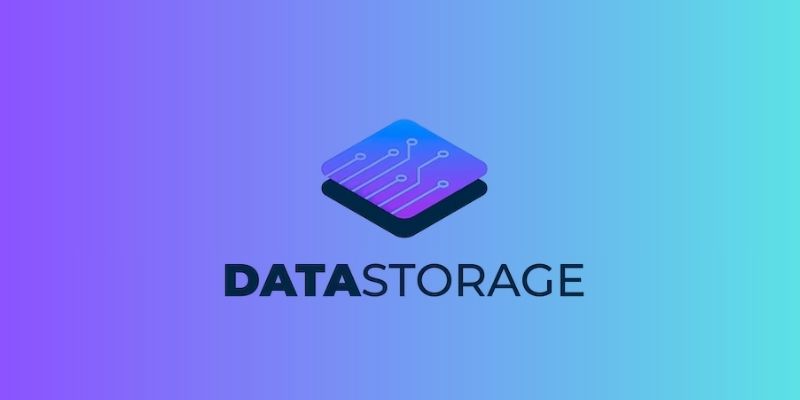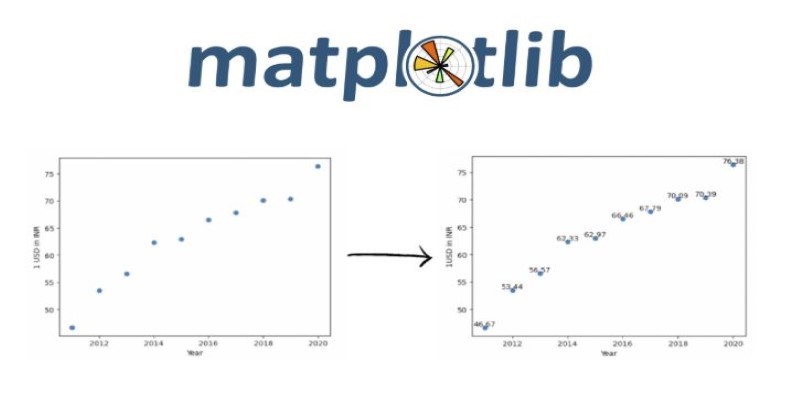Advertisement
In most tech stories, the focus stays on language models, hardware, or big-name players. But that’s slowly changing. There’s a new trend building up in the world of artificial intelligence—making AI actually usable by people who don’t speak English. That’s where Ask QX comes in. Created by QX Lab AI, this platform sets itself apart by putting multilingual support front and center.
Ask QX supports over 100 languages from day one, not as an afterthought but as a design choice. It signals a shift from AI being impressive to AI being useful, inclusive, and accessible at a global scale.
Most generative AI platforms today rely heavily on English or a handful of widely spoken languages. Even when translations are available, they often lack nuance or don’t perform equally across different linguistic groups. Ask QX tries to fix that gap by treating multilingual support as a first-class feature. Built using a hybrid model called 'hybrid neural architecture', Ask QX combines large language model functions with in-house training data from multiple regions.
What sets it apart is its use of diverse datasets sourced from both the public domain and proprietary multilingual repositories. This method helps Ask QX understand not just words but also the cultural and contextual relevance of those words across different languages. It doesn't just translate. It generates natively in other languages, improving fluency and tone in local contexts.
QX Lab AI, the company behind the platform, says their goal is not to build yet another chatbot, but to create a full conversational layer that works in regions usually underserved by English-first AI systems. With support for languages like Hindi, Swahili, Tagalog, and Tamil, Ask QX reaches corners of the world most other GenAI platforms have yet to fully serve.
Ask QX isn't just multilingual for its sake. The platform comes with tools that are designed around actual use cases in education, government communication, healthcare, and daily personal productivity. It offers support for writing, summarizing, coding, researching, and more—all through natural conversation, in the user's preferred language.

There’s a mobile-first approach too. With a lightweight web app and Android/iOS compatibility, Ask QX can work on entry-level smartphones without the need for heavy downloads or complex installations. This matters for users in countries where tech infrastructure isn’t advanced, but interest in AI is rising quickly. That accessibility gives it an edge.
QX Lab AI has also integrated privacy controls with strict adherence to regional data laws. Users can interact without creating an account, and sessions are not used to train the model further, unless explicitly allowed. This makes it a better option for use in schools or public service environments, especially where privacy concerns are high.
An offline mode is in the works too, which could make it even more valuable in areas with limited or inconsistent internet access. That may sound basic, but it’s a big step toward making AI truly democratic, not just available to those with perfect Wi-Fi and new hardware.
QX Lab AI isn’t a household name—yet. But their approach shows a sharp understanding of what’s missing in the GenAI race. Instead of focusing only on high-end performance or flashy benchmarks, they’ve zoned in on inclusion. Their model doesn’t aim to beat GPT-4 or Claude in raw token output. It aims to be understood and helpful in the languages people actually speak day to day.
The company is based in the UAE and India, giving it a strong sense of what it means to design for a multilingual world. That background informs both the design and the philosophy behind Ask QX. The team includes engineers, linguists, and educators—people who’ve seen firsthand how language barriers keep many users locked out of AI tools.
Unlike platforms that rely on open-access APIs from larger models, QX Lab AI has built much of its infrastructure independently. That gives them room to grow the product without being limited by third-party rate limits or API constraints. They’ve also hinted at upcoming integrations with local search engines, government portals, and voice assistants. That would bring Ask QX even closer to real-world use, not just as a curiosity, but as a tool people rely on.
The rollout strategy also shows intent. QX Lab AI has already launched Ask QX in countries across South Asia, Africa, and Southeast Asia, where the hunger for AI is high but the tools are limited. The pricing model is light or even free for many regions, with premium services available for enterprises. That makes sense for a product that wants to scale not just in tech-forward cities but in rural and underserved communities.
Ask QX isn’t trying to replace the big players. It’s carving out a different path. Generative AI doesn’t have to stay locked behind high-spec servers or English-only commands. By focusing on language diversity, mobile access, and real needs, QX Lab AI has built something grounded, not gimmicky.

Whether it's a student in Nigeria writing an essay in Hausa, a farmer in India getting crop advice in Marathi, or a health worker in Indonesia translating instructions into Javanese, Ask QX fills a real gap. It treats multilingualism not as an extra, but as the foundation.
That’s why it’s getting attention. In a field full of sleek demos and record-breaking models no one asked for, Ask QX highlights usability and access. The fact that it does that while performing well as a generative AI tool makes it worth watching.
Ask QX shows what happens when AI focuses on real-world diversity over flashy features. QX Lab AI built a platform that speaks over 100 languages—not as a bonus, but as the core. With useful tools, privacy options, mobile support, and a practical rollout plan, Ask QX may not chase headlines, but it's building something more useful: AI that people can rely on. Not everyone needs a model that writes like Shakespeare in English. Many just need one that understands them in their language, and that's what Ask QX delivers.
Advertisement

Learn how sorting lists in Python using sort() can help organize data easily. This beginner-friendly guide covers syntax, examples, and practical tips using the Python sort method

Ask QX by QX Lab AI is a multilingual GenAI platform designed to support over 100 languages, offering accessible AI tools for users around the world

Learn how AI parameters impact model performance and how to optimize them for better accuracy, efficiency, and generalization

Oyster, a global hiring platform, takes a cautious approach to AI, prioritizing ethics, fairness, and human oversight

How to add strings in Python using 8 clear methods like +, join(), and f-strings. This guide covers everything from simple concatenation to building large text efficiently

Compliance analytics ensures secure data storage, meets PII standards, reduces risks, and builds customer trust and confidence

How to use Matplotlib.pyplot.hist() in Python to create clean, customizable histograms. This guide explains bins, styles, and tips for better Python histogram plots

Explore effective ways for scatter plot visualization in Python using matplotlib. Learn to enhance your plots with color, size, labels, transparency, and 3D features for better data insights

Learn different methods to calculate the average of a list in Python. Whether you're new or experienced, this guide makes finding the Python list average simple and clear

Learn how to convert strings to JSON objects using tools like JSON.parse(), json.loads(), JsonConvert, and more across 11 popular programming languages

Understand the real differences in the relational database vs. graph database debate. Explore structure, speed, flexibility, and use cases with real-world context

Stay informed with the best AI news websites. Explore trusted platforms that offer real-time AI updates, research highlights, and expert insights without the noise